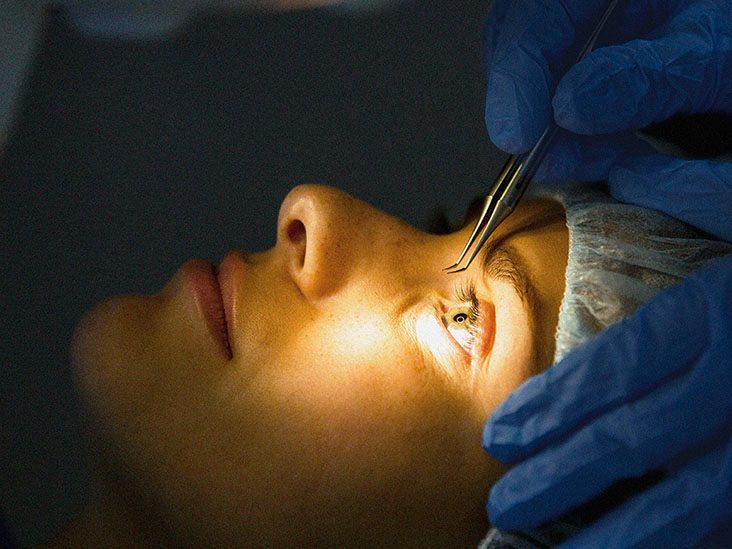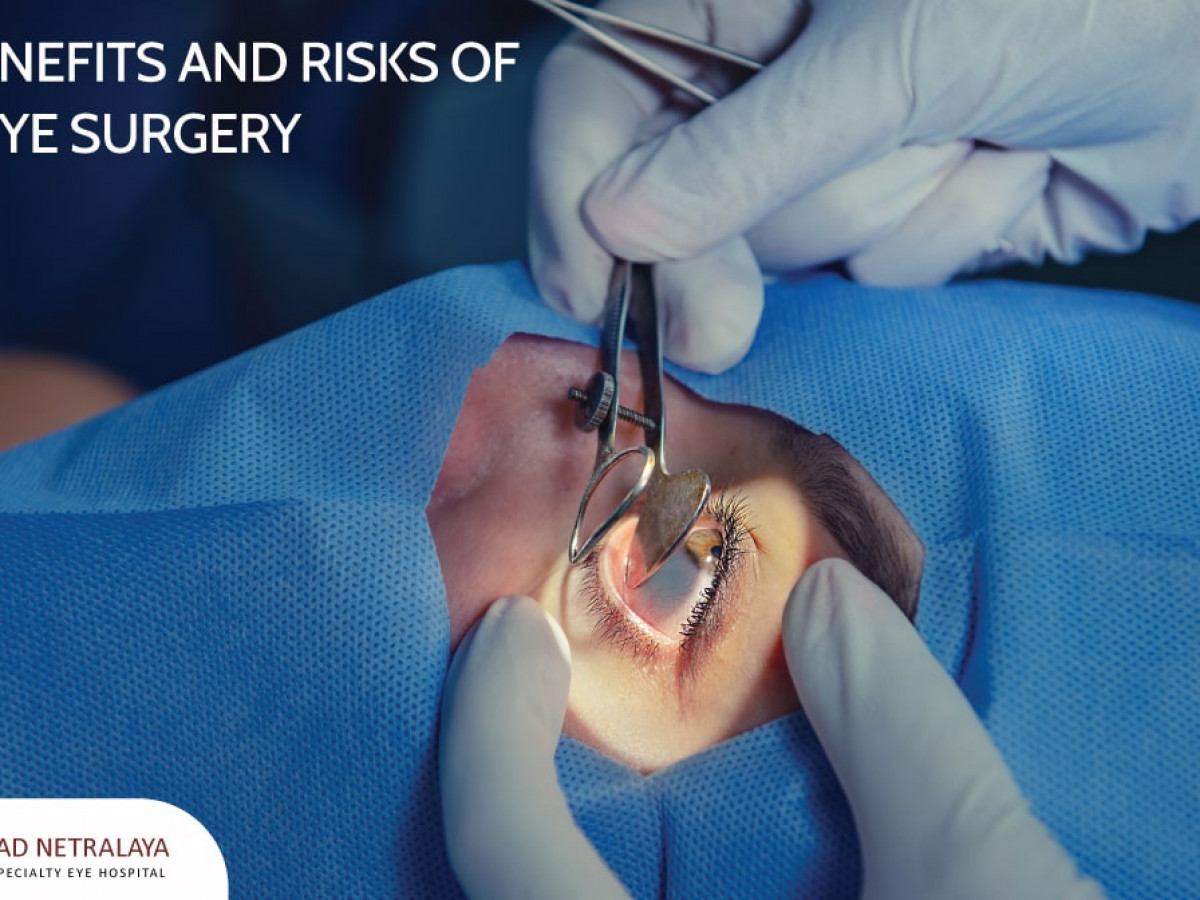An In-depth Look at the Different Eye Surgery Procedures Supplied by Skilled Optometrist
In the realm of ophthalmology, the landscape of eye surgical treatment procedures supplied by proficient eye physicians is as varied as it is advanced. From the widely recognized LASIK eye surgical treatment to the much less familiar refractive lens exchange, each procedure holds the pledge of vision modification and improvement.

LASIK Eye Surgical Procedure
The precision of LASIK eye surgery provides clients a transformative option for vision improvement given by knowledgeable eye doctors. LASIK, which stands for Laser-Assisted In Situ Keratomileusis, is a preferred refractive surgical procedure that reshapes the cornea to address common vision issues such as astigmatism, nearsightedness, and farsightedness. This outpatient procedure uses an extremely specialized laser to exactly remove microscopic quantities of tissue from the cornea, permitting improved concentrating power and more clear vision without the requirement for glasses or contact lenses.
Throughout the LASIK treatment, the eye specialist creates a slim flap on the cornea making use of a microkeratome or a femtosecond laser. This flap is after that folded back to access the underlying corneal cells, which is improved using an excimer laser based upon the person's special prescription. The flap is then rearranged, where it sticks back into area without the requirement for sutures, promoting quick recovery and very little discomfort post-surgery. With its high success price and fast recovery time, LASIK eye surgical procedure has become a relied on technique for achieving long-term vision enhancement.
PRK Procedure
An extremely reliable choice to LASIK eye surgery is the PRK treatment, recognized for its successful end results in vision adjustment. PRK, or Photorefractive Keratectomy, is a sort of refractive surgery that reshapes the cornea to deal with refractive errors such as astigmatism, nearsightedness, and farsightedness.
During the PRK procedure, the external layer of the cornea, called the epithelium, is removed to access the underlying corneal cells. Unlike LASIK, which develops a flap in the cornea, PRK directly reshapes the surface area of the cornea. Ophthalmologist Tallahassee. This makes PRK an ideal option for clients with slim corneas or other corneal irregularities that may avoid them from undergoing LASIK
Adhering to the elimination of the epithelium, an excimer laser is used to sculpt the cornea to the preferred form, remedying the refractive mistake. The epithelium restores naturally over a few days after the procedure. While the recovery time for PRK is usually much longer contrasted to LASIK, many individuals attain superb visual outcomes with this procedure. PRK is a effective and secure alternative for individuals looking for to minimize or eliminate their dependancy on corrective lenses.
Cataract Surgical Procedure
Cataract surgery is an usual treatment executed to get rid of the gloomy lens of the eye and replace it with a clear synthetic lens. This surgery is generally done on an outpatient basis and is very successful in restoring vision. The over cast lens, which is referred to as a cataract, develops gradually and can create obscured vision, problem seeing in the evening, and level of sensitivity to light.
Throughout the cataract surgery treatment, the ophthalmologist makes a small laceration useful reference in the eye and utilizes ultrasound technology to separate the gloomy lens. The fragmented lens is then delicately suctioned out, and a synthetic intraocular lens (IOL) is inserted in its area. This IOL assists to concentrate light onto the retina, enhancing vision.
Clients undertaking cataract surgical treatment are typically awake throughout the procedure, which typically lasts around 15-30 mins. Recovery time is reasonably fast, with many people noticing boosted vision within a few days. It is essential to adhere to post-operative care directions provided by the eye specialist to guarantee optimum healing and vision results.
Refractive Lens Exchange
Refractive Lens Exchange, also referred to as lens substitute surgery, is a treatment that involves eliminating the eye's all-natural lens and changing it with a synthetic lens to deal with vision problems. This surgical strategy is primarily utilized to deal with presbyopia, severe hyperopia (farsightedness), and other refractive mistakes that can not be properly attended to with traditional techniques like glasses or get in touch with lenses. Throughout the procedure, the natural lens is normally changed with a premium intraocular lens (IOL) that can remedy refractive mistakes and, sometimes, even avoid the growth of cataracts in the future. Refractive Lens Exchange is taken into consideration a safe and efficient alternative for people seeking to reduce their reliance on restorative glasses and boost their total quality of vision. By consulting with a proficient eye medical professional, patients can determine if they are suitable candidates for this sort of surgical treatment and review the possible advantages and risks connected with the procedure.
Corneal Transplant
Having actually resolved refractive mistakes through treatments like lens substitute surgical treatment, competent eye physicians also supply my company corneal transplants as a remedy for sure eye conditions. A corneal transplant, additionally understood as corneal grafting, involves changing a damaged or infected cornea with a healthy donor cornea to enhance vision. This procedure is commonly suggested for individuals with problems such as keratoconus, corneal scarring, corneal ulcers, or corneal thinning.
Throughout a corneal transplant, the sensory specialist removes the main portion of the harmed cornea and replaces it with a benefactor cornea that is thoroughly matched for shapes and size. There are various sorts of corneal transplants, consisting of penetrating keratoplasty, where the whole thickness of the cornea is replaced, and partial density transplants like Descemet's stripping computerized endothelial keratoplasty (DSAEK) or Descemet's membrane endothelial keratoplasty (DMEK), which replace just the inner layers of the cornea.

Conclusion

In the world of ophthalmology, the landscape of eye surgical procedure treatments offered by experienced eye physicians is as varied as it is progressed.The accuracy of LASIK eye surgical procedure supplies people a transformative solution for vision correction offered by competent eye physicians.Refractive Lens Exchange, additionally recognized as lens substitute surgical treatment, is a treatment that includes eliminating the eye's natural lens and replacing it with a synthetic lens to fix vision problems.Having addressed refractive mistakes via treatments like lens replacement surgery, experienced eye doctors additionally offer corneal transplants as a solution for particular eye problems.In final thought, read this article experienced eye doctors offer a selection of eye surgical treatment procedures including LASIK, PRK, cataract surgical procedure, refractive lens exchange, and corneal transplant.